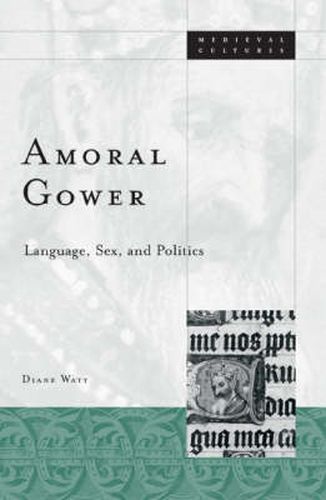Readings Newsletter
Become a Readings Member to make your shopping experience even easier.
Sign in or sign up for free!
You’re not far away from qualifying for FREE standard shipping within Australia
You’ve qualified for FREE standard shipping within Australia
The cart is loading…






Gower wrote his vernacular poem Confessio Amantis at the same time as Chaucer embarked on The Canterbury Tales . It is therefore not overly surprising that Gower’s poem is far less known today than Chaucer’s. This study seeks to reinstate Confessio Amantis to its rightful place in the history of English literature by examining its ethics. Watt argues that the poem should not be read as a straightforward plea for the reader to live a moral life, but instead Confessio Amantis offers several levels of interpretation which the medieval reader would have been aware of. Placing the poem in its historical context, Watt shows that the poem was the product of a disordered world and this coloured Gower’s often inconsistent presentation of gender, sex and politics. Much of the study draws on recent gender and queer theory as well as psycho-analytic theory.
$9.00 standard shipping within Australia
FREE standard shipping within Australia for orders over $100.00
Express & International shipping calculated at checkout
Gower wrote his vernacular poem Confessio Amantis at the same time as Chaucer embarked on The Canterbury Tales . It is therefore not overly surprising that Gower’s poem is far less known today than Chaucer’s. This study seeks to reinstate Confessio Amantis to its rightful place in the history of English literature by examining its ethics. Watt argues that the poem should not be read as a straightforward plea for the reader to live a moral life, but instead Confessio Amantis offers several levels of interpretation which the medieval reader would have been aware of. Placing the poem in its historical context, Watt shows that the poem was the product of a disordered world and this coloured Gower’s often inconsistent presentation of gender, sex and politics. Much of the study draws on recent gender and queer theory as well as psycho-analytic theory.